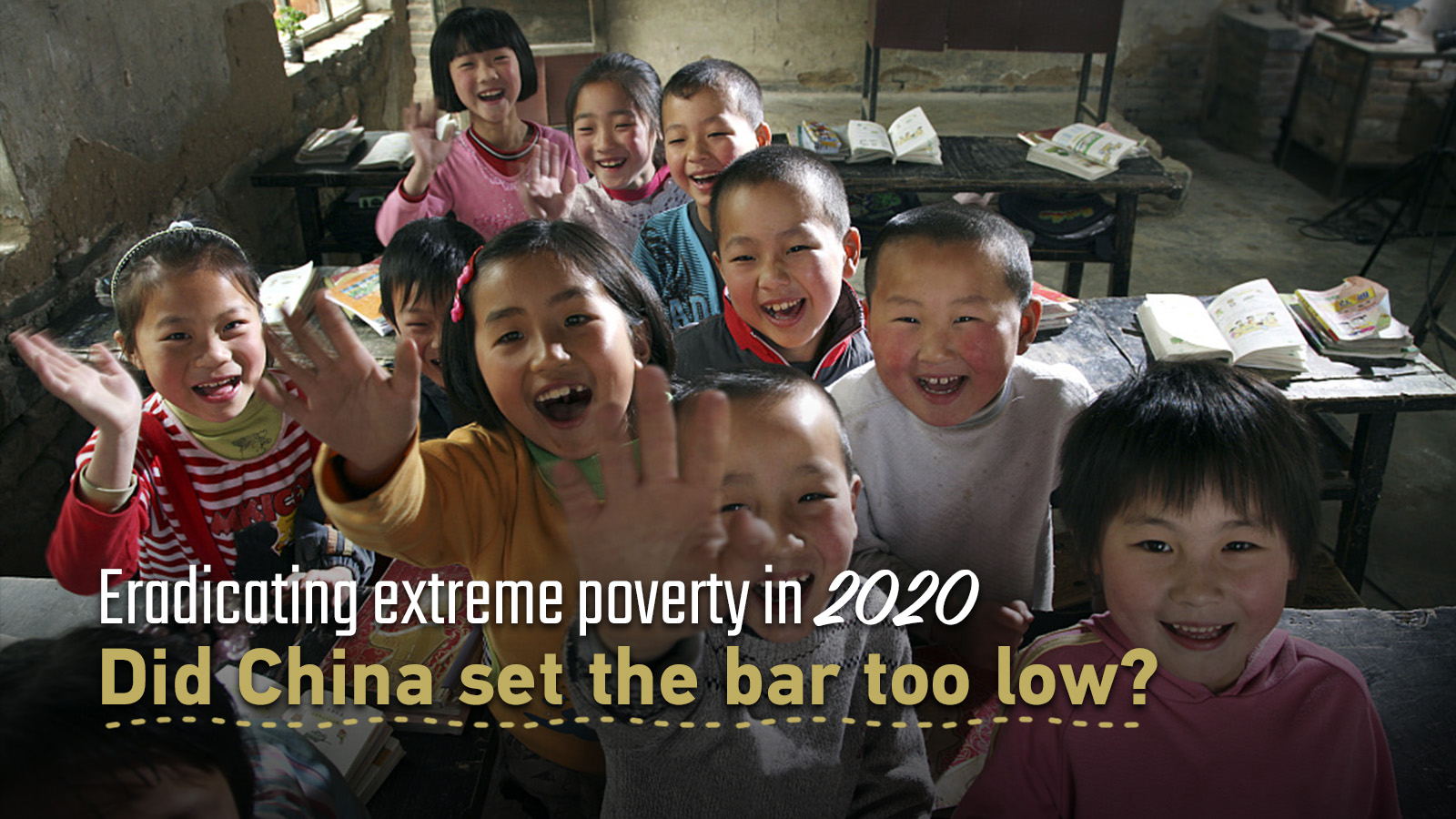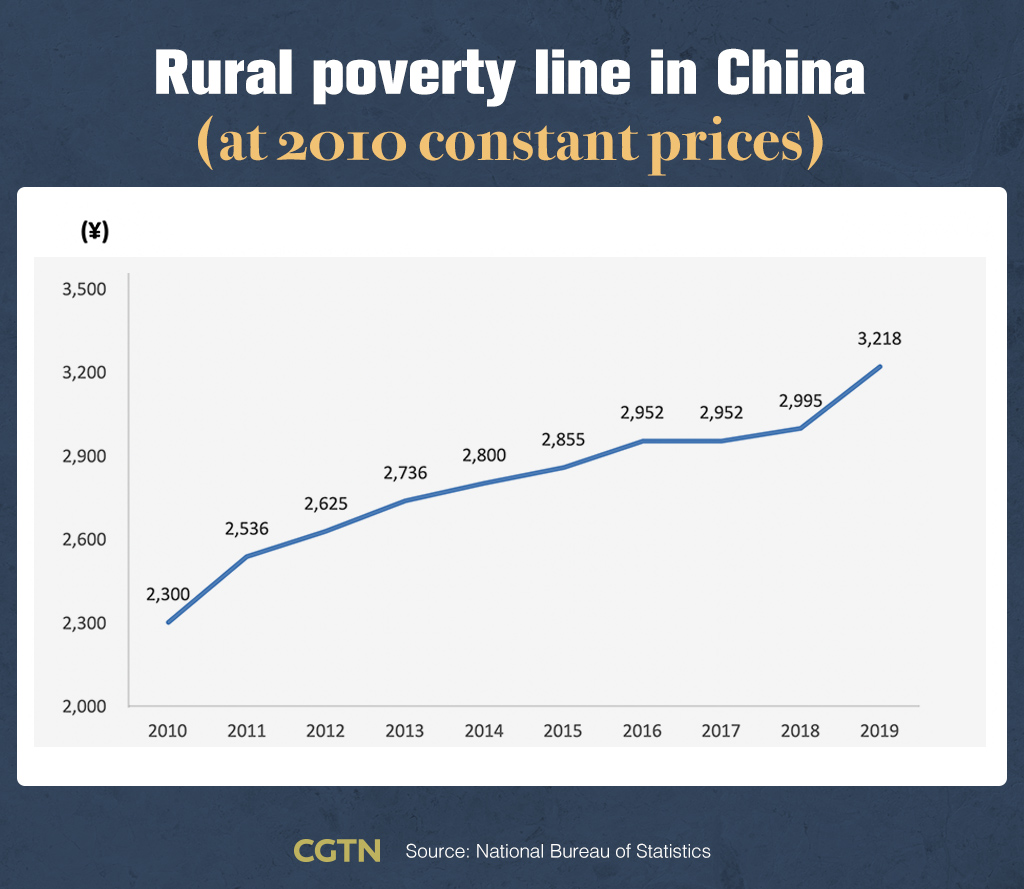
China wants to eliminate extreme poverty and build a moderately prosperous society in all respects by 2020.
The COVID-19 pandemic is estimated to push an additional 88 million to 115 million people into extreme poverty globally this year, with the total rising to as many as 150 million by 2021, depending on the severity of the economic contraction, according to the World Bank.
Read more: Coronavirus, conflict and climate change plunge millions into extreme poverty
Despite this, China's anti-poverty goals remain on track. Besides the efforts made to battle against poverty over the past decades, the country's thorough epidemic prevention work also played a part in stabilizing a pandemic-hit economy earlier than the rest of the world.
Upon completion of the poverty eradication task this year, China will achieve the goals set in the United Nations 2030 Agenda for Sustainable Development 10 years ahead of schedule. This is of great significance to both China and the world, as no country in the world has ever lifted so many people out of poverty in such a short period of time, said Chinese President Xi Jinping at a symposium on securing a decisive victory in poverty alleviation earlier this year.
However, there are those that remain skeptical of the country's poverty alleviation work, arguing that China's poverty line is far below what is set by the World Bank.
The myth of a 'low' standard
In different historical periods, China has adopted three poverty standards in 1978, 2008, and 2010, respectively, since the reform and opening-up has been carried out in the late 1970s.
In 2010, China set its new poverty line at 2,300 yuan per person per year, about 6.3 yuan ($0.94) per person per day. As of October 2015, the World Bank adopted a new global extreme poverty line of $1.90.
With about a $1 difference between the two poverty line, some have drawn the conclusion that China is shifting the goalpost. This logic seems natural, but it is inaccurate.
In order to make a fair comparison, purchasing power parity (PPP), which compares different countries' currencies through a basket of goods, needs to be taken into account.
Additionally, China adjusts its poverty line every year to reflect the inflationary pressure faced by the rural population using 2010 as a base, which is to say the poverty line is not a static number of 2,300 yuan.

It is important to note that China and the World Bank set their standards using prices in different years: 2010 and 2011, respectively.
Using 2011 as a base point, China's rural poverty was pegged at 2,536 yuan per person per year, or 6.95 yuan per day. According to the 2011 PPP, $1 in 2011 was equivalent to 3.04 yuan, which means China's rural poverty line is actually equivalent to a daily income of approximately $2.30 – about 20 percent higher than the global standard of $1.90.
More than '$2.30'
In fact, China's poverty alleviation standard is higher than the international benchmark not only because of the poverty line.
China's poverty aid package goes beyond using daily income as a barometer, it also aims to meet the food and clothing needs of the rural poor population and guarantee they have access to compulsory education, basic medical services, and safe housing, which is referred to as the "Two Assurances and Three Guarantees."
"It is a basic requirement and core indicator in our poverty eradication effort that by 2020 we will succeed in delivering the 'Two Assurances and Three Guarantees,'" according to President Xi, who has mentioned this many times during conferences and conversations with local officials during his inspections.
Video: A changing China by numbers: poverty alleviation
(Graphics by Li Jingjie)